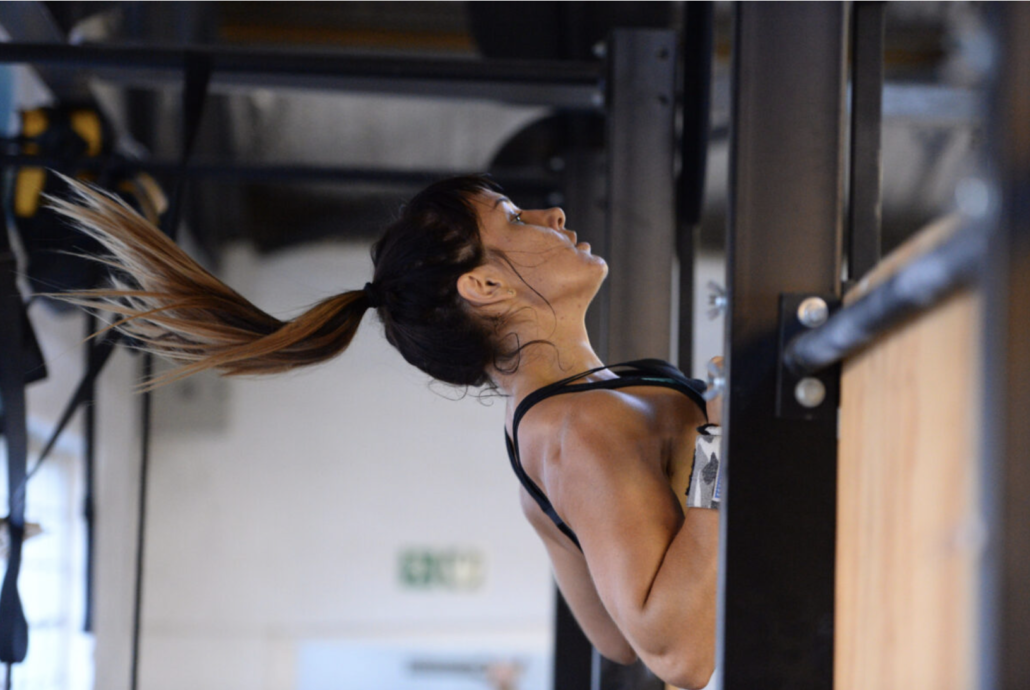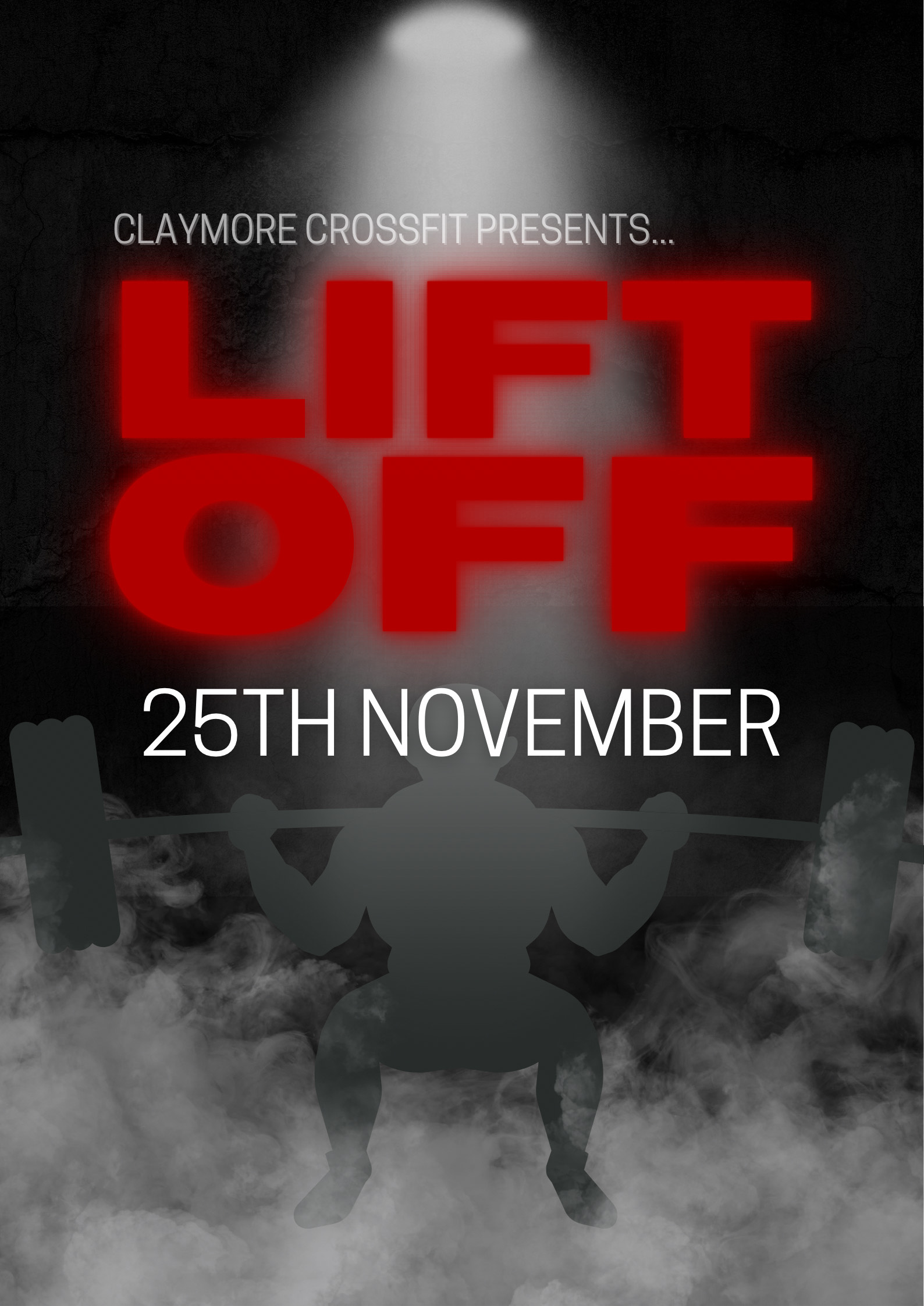
Tell me you do CrossFit without telling me you do CrossFit. I bet the first thing you think about is showing your hands. Callouses, rips, abrasions, blisters, pain, dryness, etc. Is it really necessary to go through this horrible pain? Is it really some sort of initiation “ritual” we all need to undergo?
Sorry to kill your hopes, but the short answer is yes. But fortunately there are many tips that can ease the process. Let’s have a look.
Why and how does it happen?
A callus is a natural reaction of the skin trying to protect itself against friction or pressure. It’s a defence mechanism that literally hardens you to be able to withstand higher loads and volumes of work. It’s also a natural way to progress and a natural limiting factor of our grip. Our body adapts progressively because all the tissues need different times to grow and get stronger such as tendons, muscles and bones. So let them get stronger at they’re pace.
when practicing CrossFit callus formation is mainly – but not only – triggered by kipping gymnastic movements. The amount of friction that your hands need to endure is really high, and since kipping has been literally invented to sustain an overall high volume of reps, you can imagine that your skin is not going to be very happy. If we combine all of the above with the dryness/roughness created by chalk, the final result is unavoidably the formation of callouses.
All considered and despite the annoying burning feeling it creates, it cannot be classed as an “injury”. But it is also something we should avoid at all costs.
Keep your hands healthy
If you rip your hands, you will not be able to perform as well, or at all, next time you need to grip a bar. So even though it is nothing really to be concerned of, it still could prevent you from training. If you are a beginner, that could mean losing some of the confidence you just acquired with a new skill. If you are more advanced, you will have to lower the intensity or scale of a workout whether you want it or not.
To minimise the risk of your hands getting damaged, here are some tips:
- Train intelligently: if you look at next day’s WOD and you find, Pull ups, toes to bar, deadlifts or muscle-ups you know already that your hands are going to take a beating. So be smart and think ahead: what is the highest volume of gymnastic you have endured so far? Do not exceed that amount and mix it up with “hands free” option, such as v-ups. No need to be pushing it beyond the limit if that means not being able to train properly for the whole next week.
- Train your grip. Grip strength is often severely underrated and overlooked, but it is fundamental to be in full control of kipping, Olympic lifts and more. So a good guideline is do not progress beyond what your grip can do. For example, if you are struggling to hold on to the bar for more that 5-10 seconds, you might need to wait for your grip strength to catch up instead of hectically trying to practice kipping pull ups in that tiny time window. Jumping pull ups, negative strict, “toes-on-box” scaling versions are all great examples how to improve grip strength. If you progress too quickly, two things are likely to happen. First of all you won’t hold tight enough and while kipping your hands will keep sliding back and forth creating enough friction to light a fire, and second, you might come off the bar altogether.
So be patient!
- Take care of your skin because blisters will inevitably happen. They will be your strongest allies in many workouts, but be careful, we don’t want to upset them too much. Take care of them by filing the sharp edges they can be caught in many movements and objects and keep them moist throughout the day, so that they don’t become too rough. Don’t try to flatten them or get rid of them as they will come back .
- Grips. This is a little controversial, there are many different opinions out there. However, as a general but very important advice, you should use grips only when strictly necessary. Let your hands need to get used to the feeling of the bar, get them stronger, and then you can choose among the variety of grips that are out in the market. For instance, if you are going to do some strict pull ups, you don’t need grips. If you are practicing few toes to bar, you don’t need grips. When the volume goes up, then and only then you should make sure to protect your hand in the best possible way but always start with bare hands.
In conclusion, remember that being a CrossFitter is a constant process of learning and progressing. Every day we can learn new skills, improve existing ones, improve our nutrition, mindset and goals, and the way that we use our gear and prevent injuries is no different!
Coach Valerio



